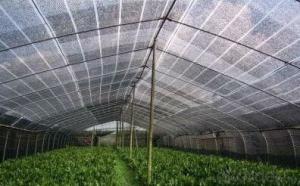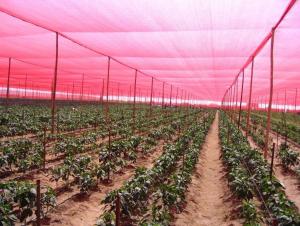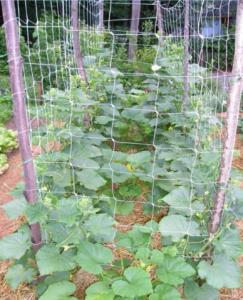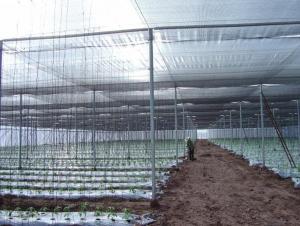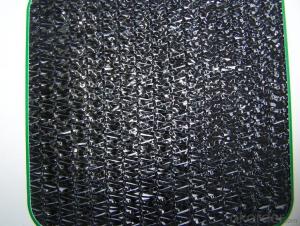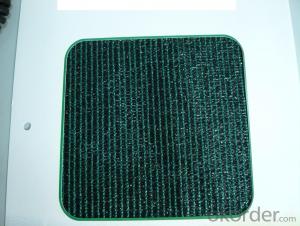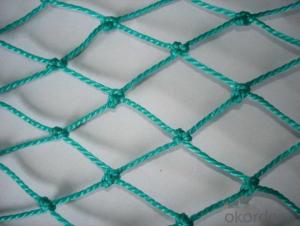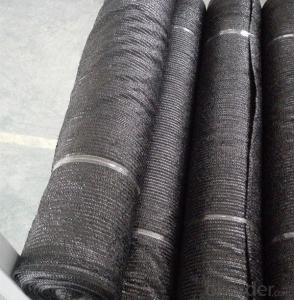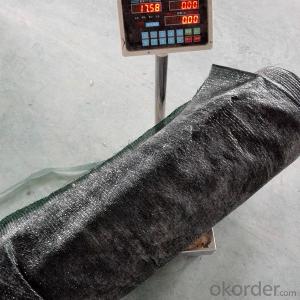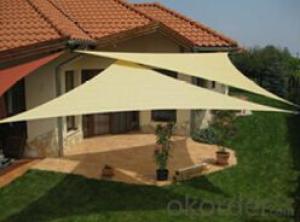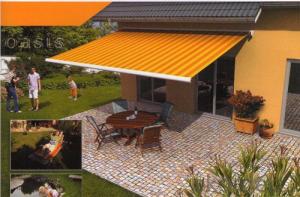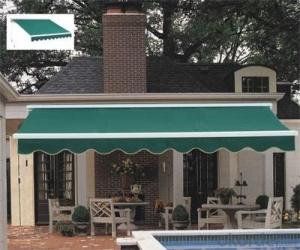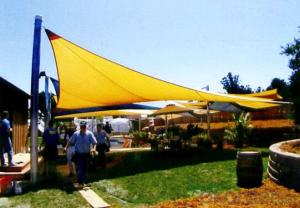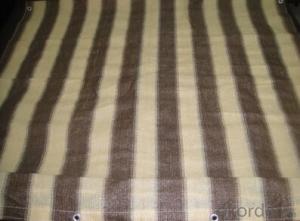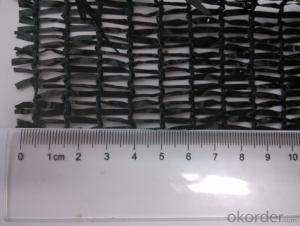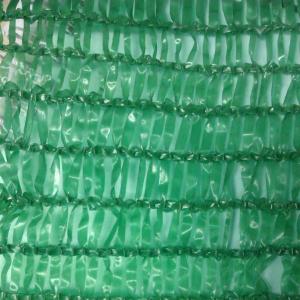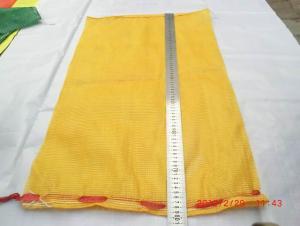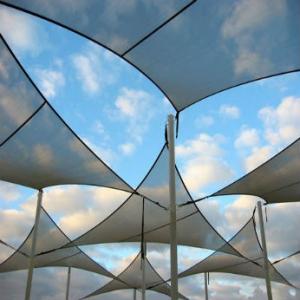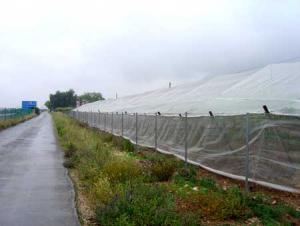PE Plastic Sunshade Net with Virgin Materials
- Loading Port:
- China Main Port
- Payment Terms:
- TT OR LC
- Min Order Qty:
- -
- Supply Capability:
- -
OKorder Service Pledge
OKorder Financial Service
You Might Also Like
Quick Details
| Place of Origin: | Hebei China (Mainland) | | | ||
| Material:: | PE | width: | 1-12m | length:: | 100m |
| Shading rate:: | 60%-90% | Color:: | black, yellow, blue, green,etc | Certificate: | iso 9001:2008 |
| Sail Finishing: | Not Coated | usefl life: | 3-10years | Type: | Shade Sails & Enclosure Nets |
| size: | any size is avaliable |
Packaging & Delivery
| Packaging Detail: | one roll packed with one strong PP bag |
| Delivery Detail: | within 15 days after we received the down payment |
Specifications
1.Material: HDPE ,PE
2.Shading rate: 65% - 75% - 85% - 85%
3.Wide:1 m-12 m
4.density:40-240g/m2
5.high quality
1.material : polythene
2.width :1m-12m
3.length : 50m/roll, 100m/roll
4.rate of shade:60%-90%
5.weight:40g/m2-240g/m2
6.character:adumbral ,wet-protecting,aring-resisting ,corrosion- resising,low price
7.color: green ,black,yellow ,dark green ,ect...
8.uses:growth-protecting and increse the output of vegetables, flowers ,fungi,mdeicinal material and the seedling,
9.features:durable and strong, firm structuremstable size applications
Description | 100% hdpe sun shade plastic net |
Material | 100%virgin HDPE;0.3% UV added |
Net Weight | 40-250g/M2 |
Mesh hole | 15*15mm;20*20mm;25*25mm;30*30mm |
Colour | blue;yellow;green;red(as per required) |
Width | 2-6M(as per required) |
Roll Length | 1-50M;1-100M;1-200M (as per required) |
Type | Wrap knitted |
Delivery Time | within 15days after the order of 20fcl' |
Export market | Japan;Italy;Germany;Singapore;France;New Zealand;Ameria;Europe;Canada;Spain |
U.V. | As per required |
M.0.Q. | 3T |
Terms of Payment | T/T;L/C |
Supplying capacity | 100T/MONTH |
Packing | 1.one roll packed with one strong PP bag with one color label |
Protecting from excessive sunlight, heat, cold, wind, frost, hail, storm, birds, insects etc. , Shadenet are manufactured using from finest materials using the best U.V. stabilizer for longer life and is available in any colors ( White, Green, Blue, Orange, Black) and in 25%, 35%, 45%, 55%,65%, 75%, 85%, 95% shades. Standard dimensions of these nets are as above specification. Besides this standard range, made to order nets are also provided for specific requirements.
pictures:
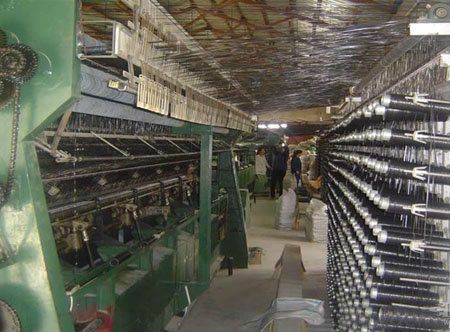
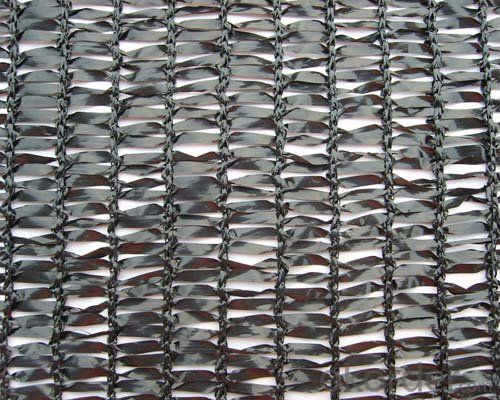
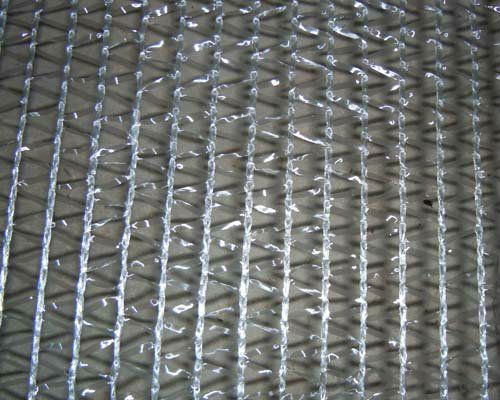
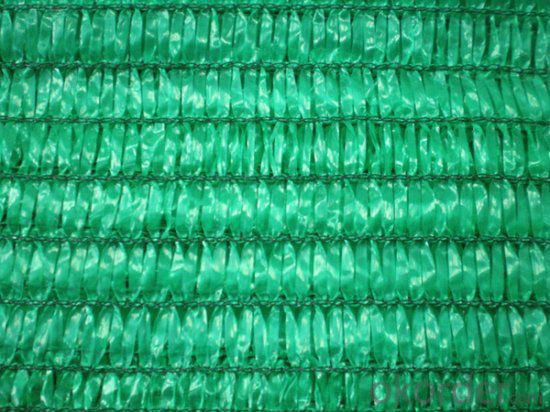
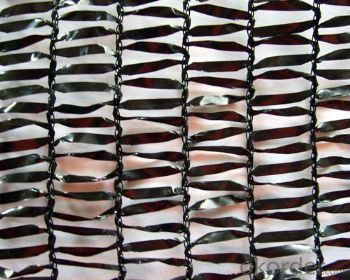
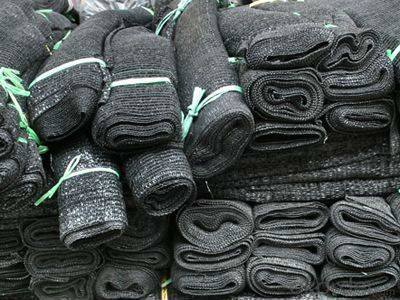



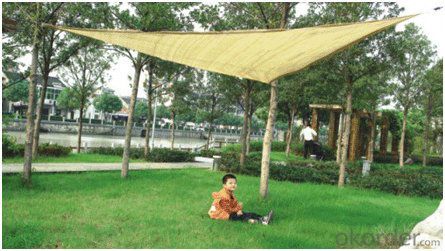
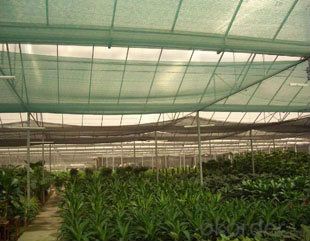
- Q: Are plastic nets suitable for use in greenhouse structures?
- Yes, plastic nets can be suitable for use in greenhouse structures. They can provide shade, protect plants from pests, and allow for air circulation. Additionally, plastic nets are cost-effective and durable, making them a popular choice among greenhouse growers.
- Q: Can plastic nets be customized?
- Yes, plastic nets can be customized according to specific requirements such as size, shape, color, and mesh design.
- Q: How do plastic nets provide support for plants in gardening?
- Plastic nets provide support for plants in gardening by acting as a trellis or support system for climbing or vining plants. These nets are stretched over the plants, allowing them to grow vertically and preventing them from sprawling on the ground. The netting helps to distribute the weight of the plants evenly, preventing them from bending or breaking under their own weight. It also helps to keep the plants organized, making it easier for gardeners to access and harvest the fruits or vegetables.
- Q: Are plastic nets used in the packaging industry for product containment?
- Yes, plastic nets are commonly used in the packaging industry for product containment purposes.
- Q: Are plastic nets resistant to UV rays?
- Yes, plastic nets are generally resistant to UV rays.
- Q: Are plastic nets suitable for packaging industrial goods?
- Yes, plastic nets are suitable for packaging industrial goods. They provide a cost-effective and versatile solution for securing and protecting various industrial products during storage and transportation. Plastic nets offer excellent load stability, breathability, flexibility, and resistance to moisture and corrosion. They can be easily customized to fit different product shapes and sizes, making them a reliable option for packaging industrial goods.
- Q: Are plastic nets resistant to ultraviolet radiation?
- Yes, plastic nets are resistant to ultraviolet radiation.
- Q: How do plastic nets compare to other types of packaging?
- Plastic nets have advantages over other types of packaging as they offer better breathability, visibility, and protection for certain products. They are lightweight, cost-effective, and allow for easy handling and transportation. However, their use may not be suitable for all types of products or environments, and other packaging materials may be more appropriate depending on specific needs and considerations.
- Q: Are plastic nets resistant to fading?
- Yes, plastic nets are generally resistant to fading.
- Q: How do plastic nets help in protecting delicate surfaces?
- Plastic nets help in protecting delicate surfaces by creating a barrier that prevents direct contact with the surface. This barrier reduces the risk of scratches, dents, and other damages that may occur during transportation, handling, or storage. The nets also provide cushioning and shock absorption, offering an extra layer of protection for fragile items.
Send your message to us
PE Plastic Sunshade Net with Virgin Materials
- Loading Port:
- China Main Port
- Payment Terms:
- TT OR LC
- Min Order Qty:
- -
- Supply Capability:
- -
OKorder Service Pledge
OKorder Financial Service
Similar products
Hot products
Hot Searches
Related keywords
